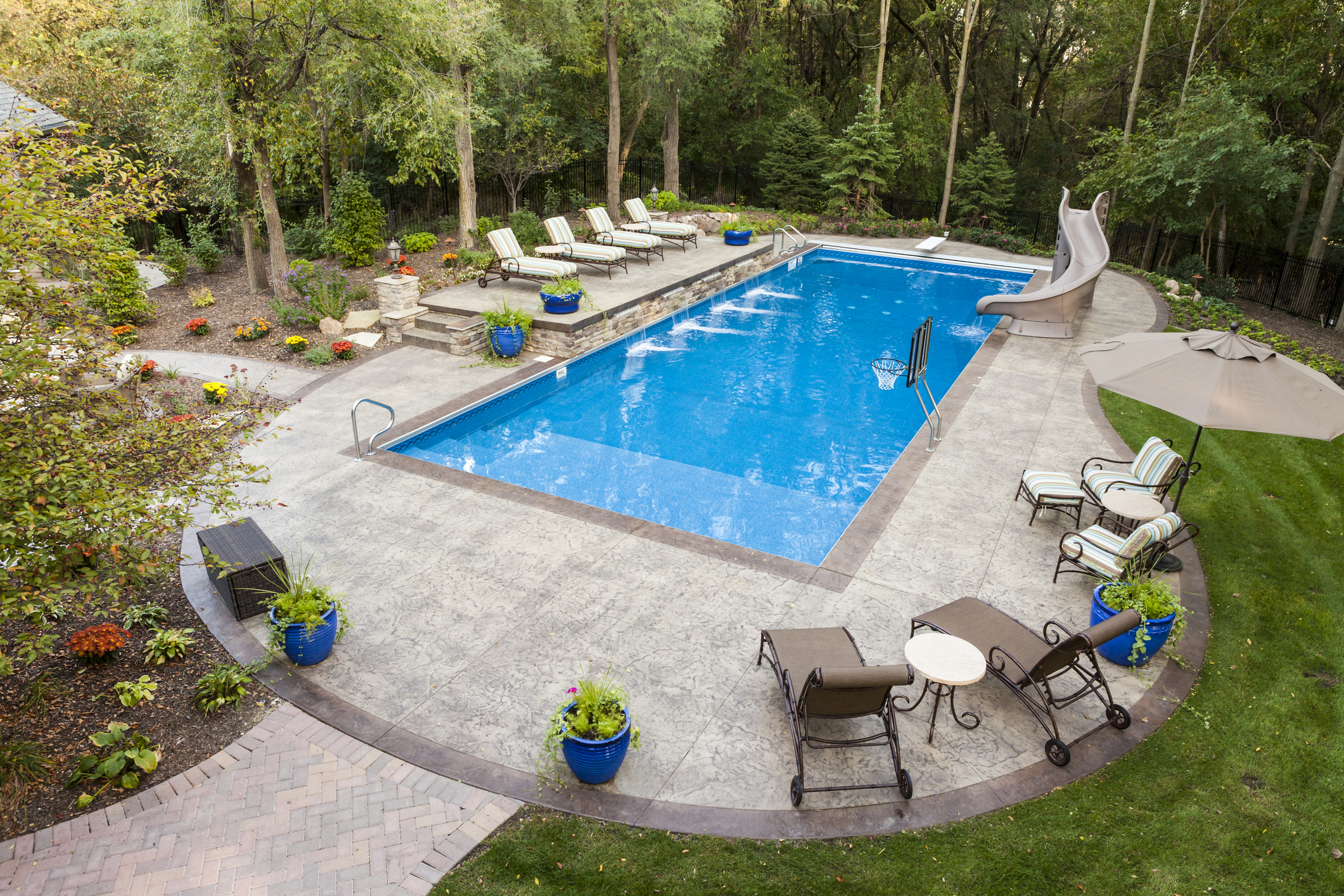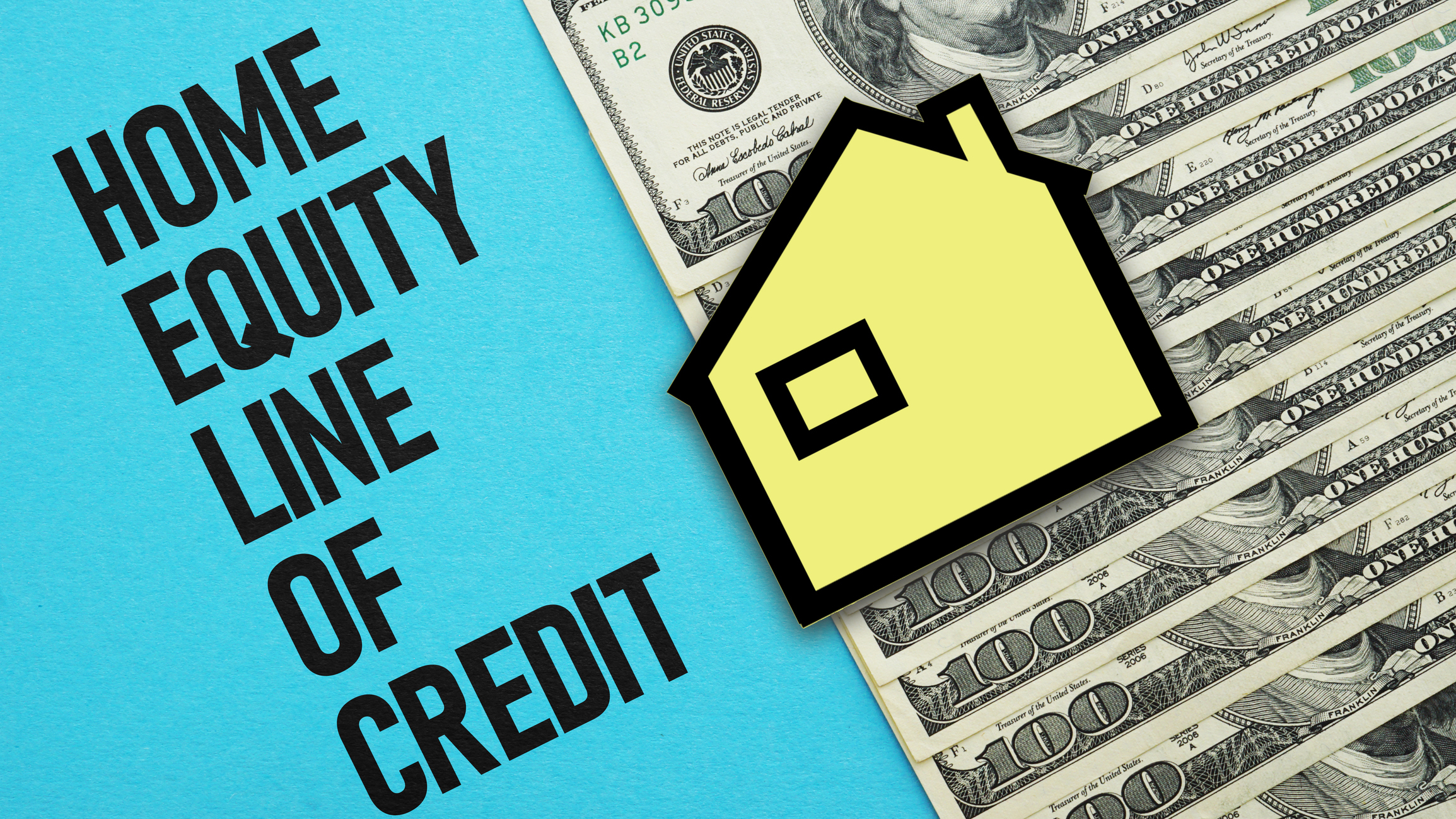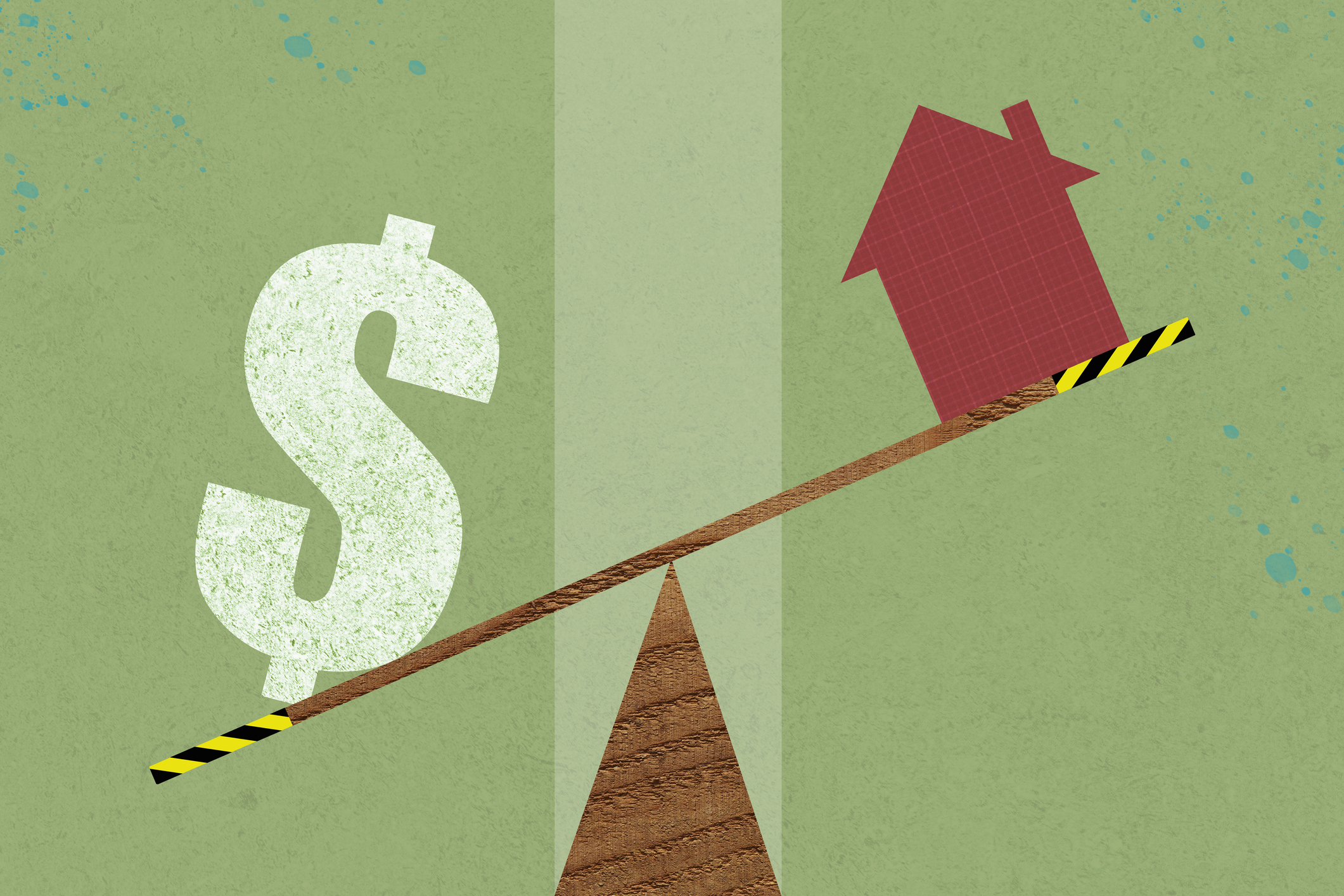Tips for Financing a Home Project
What's the best way to pay for a home improvement project? Here are the pros and cons of common financing options.

Kiplinger Advisor Collective

I recently had a call with a client who was looking to fund the construction of a swimming pool at his house. The client had enough cash to pay for the project but wanted to weigh all the financing options. This is the type of advice we as financial planners are often asked to give.
Funding a large purchase should be thoughtfully planned. I always recommend that clients take a moment to consider how a potential purchase impacts their overall financial plan and long-term goals, and I work with them to quantify those impacts.
If you decide that a purchase aligns with your goals, then you can think about how to fund it. Here’s a rundown of some common options.
From just $107.88 $24.99 for Kiplinger Personal Finance
Become a smarter, better informed investor. Subscribe from just $107.88 $24.99, plus get up to 4 Special Issues

Sign up for Kiplinger’s Free Newsletters
Profit and prosper with the best of expert advice on investing, taxes, retirement, personal finance and more - straight to your e-mail.
Profit and prosper with the best of expert advice - straight to your e-mail.
Cash reserves
Cash reserves are usually the best option for funding a project. However, you must determine whether raiding your cash stash would put its balance below the recommended threshold for covering any emergency needs — say, to manage expenses if you lose your job or to pay medical bills resulting from an unexpected illness. As a rule of thumb, I suggest maintaining six months’ worth of living expenses in an easily accessible account.
Investments
Using money from your investment portfolio can also be a solid choice, although you’ll want to evaluate the pros and cons of taking out funds for the project now compared with leaving them in your account, allowing them to grow and be used for other goals.
If you decide to withdraw from your investment account, be aware of the tax implications. You’ll typically owe capital gains tax on investment earnings; long-term gains from selling investments that you’ve held for more than a year are taxed at rates of 0%, 15% or 20%, depending on your taxable income. Assets you’ve held for a year or less are taxed at the same rate as your ordinary income, with rates ranging from 10% to 37%.
A home equity line of credit
A HELOC, which is a line of credit that allows you to borrow against the equity in your home, can be a good source for financing a project — especially if you can get a reasonable interest rate. Recently, the average rate on a $30,000 HELOC was 9.07%, according to Bankrate. HELOC rates are usually variable, rising and falling based on market conditions.
HELOCs typically involve a draw period of up to 10 years, during which you can borrow money and may be required to pay only interest each month, followed by a repayment period of up to 20 years. During the repayment period, you’ll need to pay back the full amount borrowed plus interest.
If you use HELOC funds for a home improvement project, the interest on up to $750,000 of debt (or $375,000 if you’re married filing separately) may be tax-deductible.
A no-interest credit card offer
Some credit cards offer an introductory 0% interest rate on purchases for a limited time — typically anywhere from six to 21 months. Applying for one of these cards may be a good way to get short-term financing for a project, but it’s important to pay off the balance before the 0% period expires.
Otherwise, you’ll pay the card’s standard rate, which is usually much higher, on the remainder of the balance. Or worse, you may pay retroactive interest on the full purchase amount if you don’t pay off the entire balance before the promotional period ends. Retailers, such as home-improvement stores, commonly use these deferred-interest payment plans on their credit cards.
Note: This item first appeared in Kiplinger Personal Finance Magazine, a monthly, trustworthy source of advice and guidance. Subscribe to help you make more money and keep more of the money you make here.
Related content
Profit and prosper with the best of Kiplinger's advice on investing, taxes, retirement, personal finance and much more. Delivered daily. Enter your email in the box and click Sign Me Up.

Mario R. Hernandez, Principal at Longevity Wealth Management, has been a Certified Financial Planner (CFP®) since 1994 and brings a vast amount of experience in the financial planning and investment management business. Mario previously headed up the wealth management division at Gemmer Asset Management LLC and provided clients with holistic planning and helped prepare them for retirement.
-
 The Retirement Donor's Checklist: Key Deadlines by Gift Type
The Retirement Donor's Checklist: Key Deadlines by Gift TypeRetirees have some charitable contribution options that can help avoid spikes in income from RMDS and capital gains.
-
 Cooler Inflation Supports a Relief Rally: Stock Market Today
Cooler Inflation Supports a Relief Rally: Stock Market TodayInvestors, traders and speculators welcome much-better-than-hoped-for core CPI data on top of optimism-renewing AI earnings.
-
 Are T-Mobile's Prepaid Perks a Home Run or a Strikeout?
Are T-Mobile's Prepaid Perks a Home Run or a Strikeout?T-Mobile's prepaid lineup promises MLB.TV, T-Mobile Tuesdays and hotspot data. But do the perks make it worth switching?
-
 How Much Income You Really Need to Afford a $500,000 Home
How Much Income You Really Need to Afford a $500,000 HomeAs home prices increase, the income needed for a house is also climbing. We break down what you need to earn to afford a $500,000 home.
-
 How Much Would a $50,000 HELOC Cost Per Month?
How Much Would a $50,000 HELOC Cost Per Month?Thinking about tapping your home’s equity? Here’s what a $50,000 HELOC might cost you each month based on current rates.
-
 Should You Tap Your Home Equity Before 2026?
Should You Tap Your Home Equity Before 2026?As borrowing rates and tax law shifts converge, here's what homeowners need to know before pulling equity out of their home.
-
 11 Cities With the Cheapest Groceries in the US
11 Cities With the Cheapest Groceries in the USIf you live in one of these 11 cities, you're paying less than the rest of the country to keep your fridge stocked.
-
 My $1.2 Million Vacation Home Has a $360K Mortgage. I Don't Need My Upcoming $45K RMD. Should I Use It to Pay Down the Mortgage?
My $1.2 Million Vacation Home Has a $360K Mortgage. I Don't Need My Upcoming $45K RMD. Should I Use It to Pay Down the Mortgage?We asked wealth planners for advice.
-
 4 Strategies for Older Adults to Cut Property Taxes
4 Strategies for Older Adults to Cut Property TaxesBefore you settle your next property tax bill, make sure you're taking full advantage of these tax breaks for older homeowners across the US.
-
 5 Simple Fixes to Save on Heat Bills This Winter
5 Simple Fixes to Save on Heat Bills This WinterWith fuel prices expected to rise 10% or more this winter, making your home more energy efficient will really pay off.
-
 5 Charming Small Towns Where America's Wealthy Retire
5 Charming Small Towns Where America's Wealthy RetireDiscover 5 small communities in the U.S. for affluent retirees — where charm outweighs the cost.